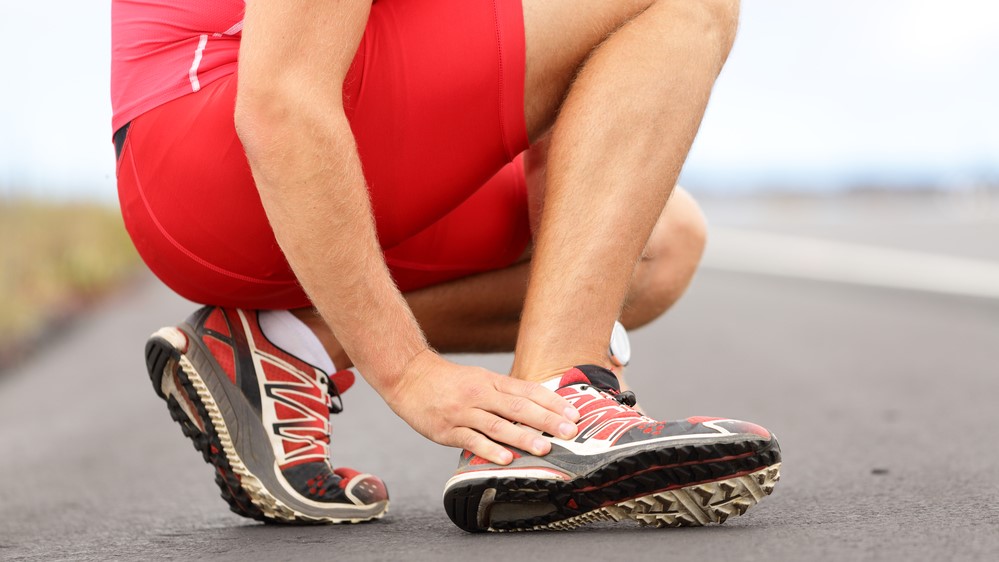Have you had a painful stretch all of a sudden, but didn’t understand what to call it – sprain or strain? It is a common situation we find ourselves often, especially true for sports and fitness enthusiasts. Sprain and strain are two bone-damage-related terms that are mostly used interchangeably to mention tearing of soft tissues or overstretching of the joints.
However, there is a typical difference between the two which we have explained here in this insightful blog.
Sprain Vs. Strain
A sprain is the tearing or overstretching of ligaments, the bands of tissues connecting two bones to form a joint. Your ankle joint is where there could be a sprain.
A strain is also a condition of tearing and overstretching, but of tendons, the dense fibrous cords of tissue connecting the bones to muscles. The most common area affected by a muscle strain is the lower back and hamstring muscle.
Symptoms of sprain and strain
The symptoms of both conditions are more or less similar, such as swelling, minimum flexibility, pain in the affected joint, inability to use the full range of motion, etc. However, there’s one distinct symptom of both conditions that creates the difference. In the case of a sprain, you will notice bruising around the affected area, whereas in a case of strain, there are spasms in the muscle affected.
Causes of sprain and strain
Again, the causes of sprain and strain are similar in most ways. Some of the main situations when you may end up injuring your joints include:
- Falling or slipping accidents
- Lifting heavyweights
- Prolonged repetitive motion
- Overexertion of the body
- Sports activities or exercises like jogging or running
- Standing or sitting in an awkward position

Risk factors of sprain and strain
Sprain or strain can be a result of even a minor movement anytime and anywhere, but some risk factors may increase the chances of tearing a ligament or tendon.
Check out such risk factors below:
- You are out of shape, and lack of conditioning makes joints and muscles weak.
- You don’t use proper equipment while at the gym or going for the morning run.
- You don’t warm-up or cool down before and after exercising. Warming up and cooling down helps maintain proper joint movements.
- You are tired most of the time, When you are tired, even carrying your body well seems like a task. Bad body postures lead to sprain or strain.
- Your environment is slippery, wet or icy for walking. If so, be careful while moving around to avoid injury.
Treatment procedures for sprain and strain
The treatment process for sprain and strain includes RICE therapy – Rest, Ice, Compression, and Elevation.
- Rest: Take proper rest for at least a couple of days – avoid lifting weight (for wrist or elbow) and moving around (for knee or ankle).
- Ice: Use an ice pack or bag of ice on the affected area for ten minutes in a gap of 30 minutes for three days. Don’t apply ice directly.
- Compression: You can use an elastic bandage to cover the affected wrist, elbow, ankle or knee to keep the swelling in control.
- Elevation: Lie down and keep the affected area on a pillow, at an elevation to ensure it’s above your heart level. It helps to control the swelling.
In severe cases, you must make an appointment with an orthopedist for the best diagnosis and treatment. Dr TDR Reddy can help you with the most reliable treatment options.
